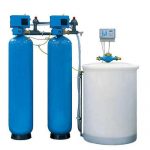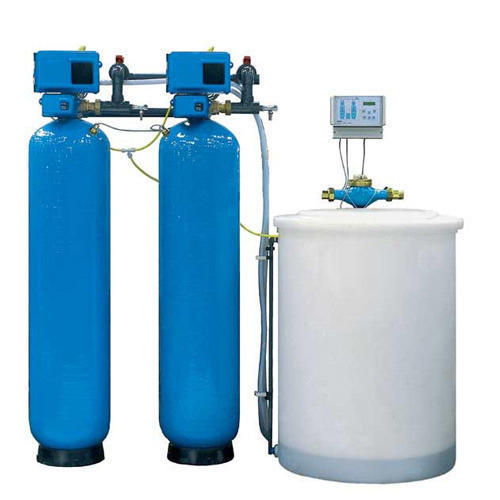Hay balers are designed to turn fresh hay into bales. Since you’ve only got a limited timeframe for that—the hay won’t stay fresh forever, after all—you’ll need to ensure your balers always work without a hitch whenever you need them to. Here are a few essential tips to keep your baler working:
Thorough inspections
Made How suggests you inspect your balers closely at every stage of the production to ensure everything works properly. If you think a part or particular subassembly isn’t performing as it should, then it’s possible to test subassemblies in order to figure out a way to fix them, all without derailing the operation of your baler. Also, you could go for regular inspections to help you identify problems and issues early on. That way, you can fix those issues before they turn into bigger problems in the future.
Maintenance and repairs
Timely maintenance service and repairs keep your baler operating in top form. So don’t put off those tune-ups as well as repairs. Otherwise, you could end up with a bigger problem on your hands, one that’ll prove harder and costlier to resolve.
The sooner you get those maintenance service and repairs done and over with, the sooner your haler can get back to performing at a 100 percent.
Replacements
Belts, regardless of how sturdy they are, will wear and break down over time. So when you see cracks in your belts, that’s your cue. Don’t let the damage get worse. Excessive wear won’t just affect a part; it can derail th functions of other subassemblies in your machine as well.
If you don’t want belt failure to compromise major baler functions, then replace those old, worn ones with new hay baler belts. With new belts in place, you won’t have to worry that your baler will die on you while you’re busy baling.






